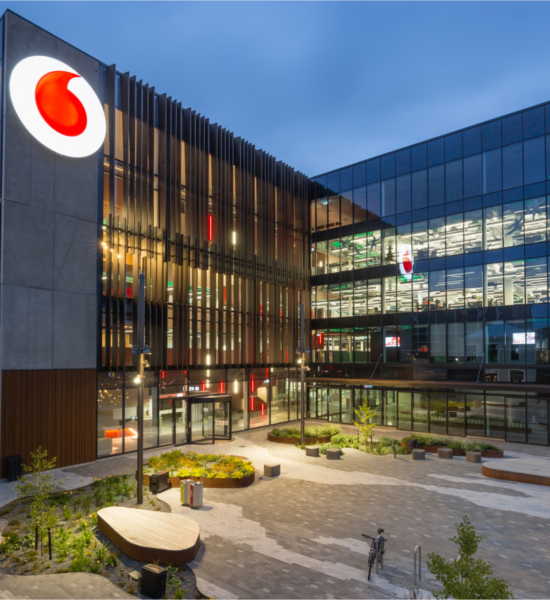
Fire engineering is an increasingly important discipline within New Zealand’s construction industry. High-profile fires internationally have highlighted the need for comprehensive fire engineering design to provide the required level of safety, while still allowing for architectural freedom and building usability.
Qualified Fire Engineers
Kirk Roberts has qualified professional fire engineers with combined extensive and diverse project experiences. Completed projects include new residential units and redevelopments, apartments, hotels, recreational facilities, retail, multi-storey offices, and commercial/industrial developments.
Our team understand the key value of fire engineering inputs and the opportunity to maximise adding value by participating in the planning and the concept stage. Using our industry expertise and experience we identify risks and opportunities and develop fire design strategies in the early stages to risk mitigate. This begins to streamline the project design flow, which can greatly reduce unnecessary re-work on design and construction.
We understand the importance of practical solutions and usability and we collaborate with design stakeholders to develop the best-fit fire design solutions that meet our clients’ requirements. We seek to understand our client’s operation and architectural requirements to develop fire designs that meets their needs and visions.
Our fire engineers include chartered professional fire engineers (CPEng) and Auckland Council producer statement authors. We are experienced in fire design using New Zealand Building Code C/VM2, Acceptable Solution C/AS1 and C/AS2, and also specific fire engineering calculations and Alternative Fire Design. We provide fire engineering peer review and construction monitoring services. We are experienced in advanced fire engineering methods in fire and smoke modelling using FDS and B-RISK and fire evacuation simulation using Pathfinder.
We are proud to be leaders in fire engineering, and we work only with trusted specialists to safeguard your projects from costly rework and delays.
Client Feedback
“We engaged KR to design a commercial industrial project for us….The design and engineering quote and scope of works was spot on. Reporting was excellent throughout the project. The builder appreciated the detail and thought that went into the drawings. We are delighted with the result. KR’s part of the project was one of the high points. If you are looking for a design and engineering partner for your next project, I highly recommend the KR team.”
Shaker Investment Trust – Shane McConnell
Our services include
Peer review service and producer statement PS4
Construction monitoring and producer statement PS2
Fire report to support Building Consents under the Building Act Section 17, 112, 115, 116, etc
Fire design using New Zealand Building Code (NZBC) Acceptable Solution C/AS1 and C/AS2
Fire design reports for fitouts, new build, alterations, remedial works, voluntary upgrade, and change of use. ANARP fire design solutions
Fire design using NZBC Verification Method C/VM2 and Alternative fire design. Suitable for buildings with design features outside the scope of Acceptable Solutions, where extra design flexibility is required, or for the cost benefit over the prescribed design solution
Wildfire and fire risk assessments
Due diligence fire safety and protection review report
Fire fighting water supply assessment and liaising with Fire and Emergency New Zealand (FENZ)
Fire and smoke modelling using FDS and B-RISK. Fire evacuation modelling using Pathfinder
Design and specification for fire protection systems include sprinkler systems, fire alarm system, building hydrants, specialist fire suppression system, etc
Fire engineering consultation for subdivision, title change, building relocation, new developments, portable buildings, lightweight steel structures etc
Design advice for Certificate of Public Use (CPU)
Fire engineering projects

Richmond Working Mens Club, Christchurch – Rebuilding a community asset

Vodafone Innov8 – Revitalising the heart of Ōtautahi Christchurch

Aalto Apartments, Auckland – Green Party MPs Open Aalto
Frequently Asked Questions (FAQs) – Fire Engineering
What building works require a fire design?
All new building work in New Zealand is required to demonstrate compliance with the New Zealand Building Code, including the fire safety requirements set out in Clauses C1–C6 (Protection from Fire). As a result, fire design inputs are typically required for all new construction and for any alterations to existing buildings that affect fire safety performance. This includes, but is not limited to:
- Passive fire or fire rating remediation.
- Installation of new external wall cladding systems (i.e. re-clad projects).
- Tenancy reconfigurations
- Building services upgrades or re-servicing (e.g. HVAC, electrical, Fire protection)
- Seismic strengthening
- Tenancy subdivisions and building subdivision
- Changes in legal title (e.g. unit title subdivision)
- Change of use under the Building Act 2004
In each of these cases, a fire design report is necessary to confirm that the building, as modified, continues to comply with the fire-related provisions of the Building Code — whether through the use of Acceptable Solutions or via a performance-based Alternative Solution approach.
What are the fire separation and compartmentation requirements between adjoining terraced units?
Minimum 30 minutes fire resistance rating between units, with construction details and fire stopping to control the spread of fire and smoke between units. There are a number of construction methods and fire rated systems for inter-tenancy fire walls and with their pros and cons.
What types of external claddings are permitted in NZBC for terraced units?
Traditional timber cladding and fibre cement claddings are permitted, alongside the more modern PVC cladding, and aluminium cladding. If the cladding system incorporated a foamed plastic insulation core, it requires to pass the specific fire tests for surface finishes and combustibility.
What are the escape route requirements for terraced units?
All units are required to have an independent exit. External escape routes are required to situate 2 m from the buildings unless alterative egress directions are available.


